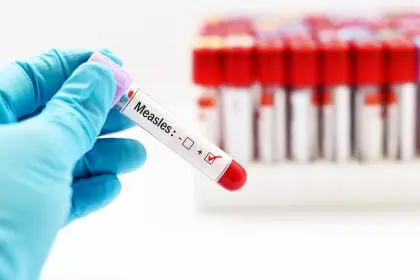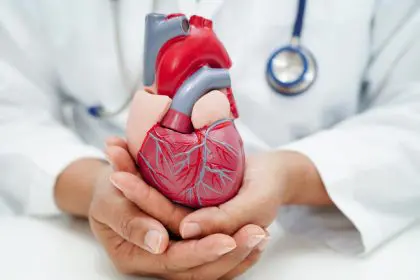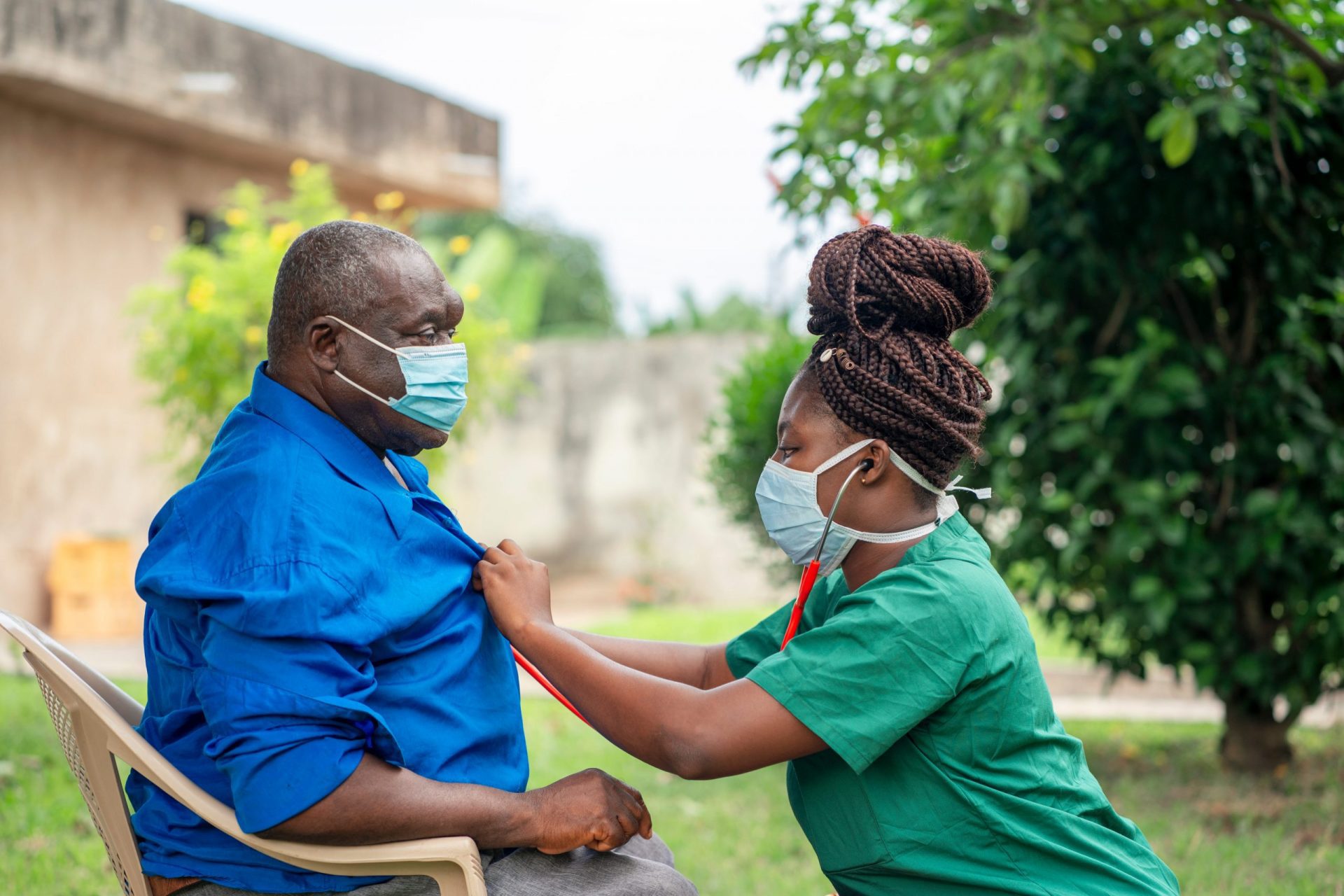While cigarettes remain the leading cause of lung cancer, medical experts have identified nine other significant risk factors that might be affecting your health right now. These lesser-known triggers could be present in your home, workplace, or daily environment without your knowledge.
The invisible gas in your basement
- That cozy basement might harbor a deadly secret: radon gas. This invisible, odorless substance ranks as the second leading cause of lung cancer in America, affecting nearly 1 in 15 homes nationwide. What makes this particularly unsettling is that radon can seep into any home, regardless of age or location. Recent data shows that radon exposure claims more than 21,000 lives annually in the United States alone.
Your neighbor’s smoking habit
- Living near a smoker poses more risk than you might realize. Even brief exposure to secondhand smoke can trigger cellular changes in your lungs. Recent studies reveal that non-smokers who live with smokers face a 20-30% higher risk of developing lung cancer. More concerning still, research shows that smoke particles can linger in carpets, furniture, and walls for months after exposure.
The hidden dangers at work
- Your workplace might be silently increasing your cancer risk. Industries including construction, mining, and manufacturing often expose workers to cancer-causing substances without their knowledge. Asbestos, despite being heavily regulated, still lurks in older buildings and materials. Workers in these fields show up to five times higher rates of lung cancer compared to the general population.
The air in your city
- Urban living comes with an unexpected price tag for your lungs. City dwellers face significantly higher exposure to vehicle emissions and industrial pollutants. Medical research indicates that for every 10-microgram increase in air pollution particles, lung cancer risk rises by 8%. Living near major highways or industrial areas can be equivalent to smoking one cigarette per day.
Your family tree holds secrets
- Genetics play a bigger role in lung cancer than previously thought. If your parents or siblings had lung cancer, your risk could be doubled – even if you’ve never smoked. Medical experts have identified specific genetic markers that make some people more susceptible to lung cancer, regardless of lifestyle choices.
The aftermath of past medical treatments
- Previous radiation therapy to your chest area, even from years ago, might increase your lung cancer risk. Breast cancer survivors and those treated for lymphoma show higher rates of lung cancer development decades after their initial treatment. Medical data suggests the risk peaks about 10-15 years after radiation exposure.
What’s on your plate matters
- Your diet might be failing to protect your lungs. Research shows that diets low in fruits and vegetables correlate with increased lung cancer risk, even in non-smokers. People who consume fewer than five servings of fruits and vegetables daily show a 26% higher risk of developing lung cancer compared to those who eat more produce.
The lasting impact of lung infections
- Past lung infections can leave a dangerous legacy. Tuberculosis survivors and those with chronic lung infections face an elevated risk of lung cancer. The inflammation and scarring from these conditions can create an environment where cancer cells thrive. Studies indicate that tuberculosis survivors have a risk three times higher than average.
Your age and gender affect risk
- Age brings wisdom but also increased cancer risk. After 65, lung cancer risk rises dramatically, regardless of smoking history. Gender plays a role too – women show different patterns of lung cancer development and may be more susceptible to certain risk factors than men.
Reading the warning signs
Unlike many other cancers, lung cancer often remains silent until it reaches advanced stages. Understanding risk factors becomes crucial because early detection can significantly improve survival rates. Recent medical advances have made screening more accessible and accurate than ever before.
Taking control of your lung health
While some risk factors lie beyond your control, others can be managed effectively. Simple steps like testing your home for radon, improving ventilation, and maintaining distance from secondhand smoke can significantly reduce your risk. Medical experts recommend regular check-ups for those with multiple risk factors.
The role of inflammation
New research reveals that chronic inflammation in the lungs, whether from pollution, infections, or other sources, creates an environment where cancer cells can develop. This understanding has led to new approaches in prevention and treatment strategies.
Protection starts at home
Creating a lung-healthy environment involves more than just avoiding smoke. Proper ventilation, regular cleaning to remove pollutants, and using air purifiers can help reduce exposure to harmful substances. Experts recommend checking indoor air quality regularly, especially in older homes or urban areas.
Workplace safety matters
If your job exposes you to potential carcinogens, understanding your rights and safety protocols becomes essential. Proper protective equipment and regular health screenings can help mitigate occupational risks. Many workplaces now offer regular monitoring and health checks for employees in high-risk positions.
The future of prevention
Medical advances continue to improve our understanding of lung cancer triggers and prevention. New screening techniques can detect problems earlier than ever before, and emerging research offers hope for better prevention strategies. Experts emphasize that awareness of risk factors combined with regular medical check-ups provides the best defense against lung cancer.
Your action plan
Understanding your personal risk factors represents the first step toward prevention. Medical experts recommend creating a personalized risk assessment with your healthcare provider, considering family history, environmental exposures, and lifestyle factors. This information can help determine appropriate screening schedules and preventive measures.
The medical community continues to uncover new connections between everyday exposures and lung cancer risk. While some factors remain beyond individual control, awareness and proactive measures can significantly reduce your risk. Regular medical check-ups, environmental awareness, and lifestyle modifications provide the best defense against this serious disease.











